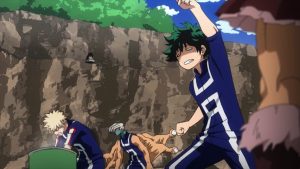 This was a fairly notable episode of Boku no Hero Academia generally speaking. But there are a couple of notable off-screen events worth mentioning before we start. First, it was announced this week that Boku no Hero will be airing on Toonami, starting from the beginning and running through the current season. And second, this episode was apparently storyboarded by Matsumoto Rie. The latter is just an indication of how insanely deep Bones’ bench is. It’s also a sign that with the BnHA movie placing demands on the staff, Bones is getting creative in working about the demanding schedule.
This was a fairly notable episode of Boku no Hero Academia generally speaking. But there are a couple of notable off-screen events worth mentioning before we start. First, it was announced this week that Boku no Hero will be airing on Toonami, starting from the beginning and running through the current season. And second, this episode was apparently storyboarded by Matsumoto Rie. The latter is just an indication of how insanely deep Bones’ bench is. It’s also a sign that with the BnHA movie placing demands on the staff, Bones is getting creative in working about the demanding schedule.
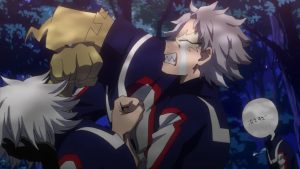 I think Boku no Hero Academia already has a pretty sizeable following in the States, and we certainly know how big it is in Japan. Certainly I saw this coming and said so, but it’s interesting to see a personal favorite grow into an international powerhouse. Just how big can BnHA get in the West, in an age where anime seems to be more mainstream there than ever? While never a huge sensation in terms of disc sales, this series has the core trait that defines true crossover hits – it seems to appeal widely across many different demographic groups that normally don’t agree on anything where anime is concerned. It’s very much a Japanese spin on a Western genre, too. It seems to me that the sky’s the limit.
I think Boku no Hero Academia already has a pretty sizeable following in the States, and we certainly know how big it is in Japan. Certainly I saw this coming and said so, but it’s interesting to see a personal favorite grow into an international powerhouse. Just how big can BnHA get in the West, in an age where anime seems to be more mainstream there than ever? While never a huge sensation in terms of disc sales, this series has the core trait that defines true crossover hits – it seems to appeal widely across many different demographic groups that normally don’t agree on anything where anime is concerned. It’s very much a Japanese spin on a Western genre, too. It seems to me that the sky’s the limit.
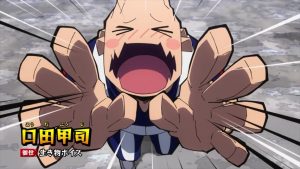 It’s good timing, too, because the series is about to go all “Plus Ultra!” in a big way pl0t-wise. With the introduction of Ragdoll (Kawasaki Meiko) and Tiger (Ogami Shinnosuke) the Pussycat brigade (which one of these is not like the others?) is complete. And it’s more clear than ever that for the Yuuei staff, training up the kids in a hurry is a major priority. Class B makes their appearance, and the students of both hero classes are subject to brutal quirk-training and, for the stragglers, 17-hour days of extra lessons. Just what do the teachers know that’s causing such urgency in this task? Well – we know, of course.
It’s good timing, too, because the series is about to go all “Plus Ultra!” in a big way pl0t-wise. With the introduction of Ragdoll (Kawasaki Meiko) and Tiger (Ogami Shinnosuke) the Pussycat brigade (which one of these is not like the others?) is complete. And it’s more clear than ever that for the Yuuei staff, training up the kids in a hurry is a major priority. Class B makes their appearance, and the students of both hero classes are subject to brutal quirk-training and, for the stragglers, 17-hour days of extra lessons. Just what do the teachers know that’s causing such urgency in this task? Well – we know, of course.
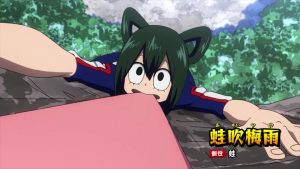 Meanwhile, Deku continues to be a bit obsessed with breaking through with Kota. He just can’t keep his nose out of other people’s business (he even gets a lecture about it from Shouto – who knows about it first-hand). Being the hero otaku he is Midoriya has already figured out who Kota’s parents were, and knows their story. But if he thought that would endear him to Kota, Deku is sorely mistaken – in Kota’s eyes that’s just further proof he’s part of the same crazy cabal that took his family away from him.
Meanwhile, Deku continues to be a bit obsessed with breaking through with Kota. He just can’t keep his nose out of other people’s business (he even gets a lecture about it from Shouto – who knows about it first-hand). Being the hero otaku he is Midoriya has already figured out who Kota’s parents were, and knows their story. But if he thought that would endear him to Kota, Deku is sorely mistaken – in Kota’s eyes that’s just further proof he’s part of the same crazy cabal that took his family away from him.
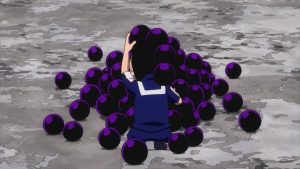 This, essentially, has always been the elephant in the room with Boku no Hero Academia. One could hardly look at Deku’s mom and not conclude that there’s a selfish element to what he’s decided to do with his life. And it’s notable that All Might is largely absent so far this season – we know the cost his chosen lifestyle has extracted from him. I think one has to be either slightly crazy or an egomaniac to choose to be a professional hero – and most of the heroes we’ve seen fall somewhere on that spectrum. Izuku seems not to be either – like All Might, there’s a purity about him that stands out. But are either of them really exceptions to the rule, or just variations on a theme?
This, essentially, has always been the elephant in the room with Boku no Hero Academia. One could hardly look at Deku’s mom and not conclude that there’s a selfish element to what he’s decided to do with his life. And it’s notable that All Might is largely absent so far this season – we know the cost his chosen lifestyle has extracted from him. I think one has to be either slightly crazy or an egomaniac to choose to be a professional hero – and most of the heroes we’ve seen fall somewhere on that spectrum. Izuku seems not to be either – like All Might, there’s a purity about him that stands out. But are either of them really exceptions to the rule, or just variations on a theme?
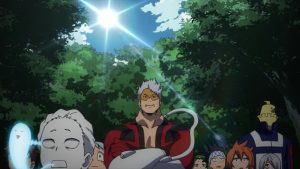 In a sense, the Yuuei cadets are being trained as soldiers to serve on the front line of a coming war. And while they go through the motions of a training camp – cooking curry, tests of courage, et al – that war creeps ever closer. They’ve never been able to hide from it, and they can’t now – the determination of the villains is stronger than the ability of their adult protectors to shield the students. As such, those adults are complicit in the crime of putting a bunch of children in harm’s way.
In a sense, the Yuuei cadets are being trained as soldiers to serve on the front line of a coming war. And while they go through the motions of a training camp – cooking curry, tests of courage, et al – that war creeps ever closer. They’ve never been able to hide from it, and they can’t now – the determination of the villains is stronger than the ability of their adult protectors to shield the students. As such, those adults are complicit in the crime of putting a bunch of children in harm’s way.
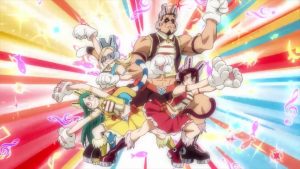 The question of choice is a big component of all this – at least in theory, heroes choose to be heroes. But there are no easy answers when it comes to the difficult questions Boku no Hero Academia asks of its audience – and the true nature of those questions only comes into focus as the series evolves. There’s way more to this story than it first appears – the comedy, the action, the adventure is all part of the equation. But Horikoshi is always digging deeper, even if we sometimes don’t realize it until we’ve stumbled right into the pit he’s digging for us.
The question of choice is a big component of all this – at least in theory, heroes choose to be heroes. But there are no easy answers when it comes to the difficult questions Boku no Hero Academia asks of its audience – and the true nature of those questions only comes into focus as the series evolves. There’s way more to this story than it first appears – the comedy, the action, the adventure is all part of the equation. But Horikoshi is always digging deeper, even if we sometimes don’t realize it until we’ve stumbled right into the pit he’s digging for us.



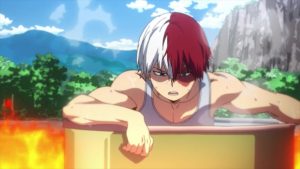
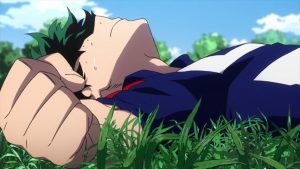
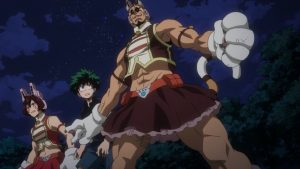
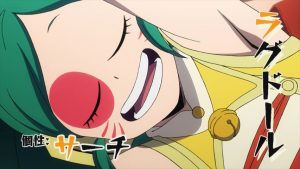
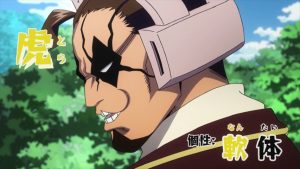
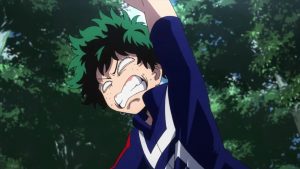

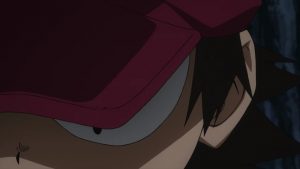
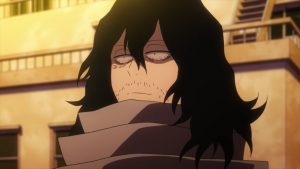
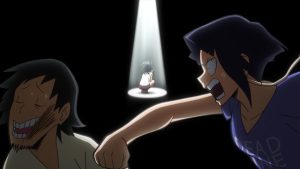
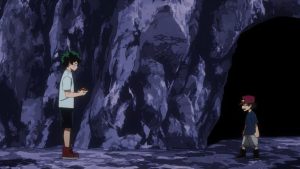
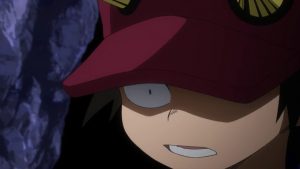
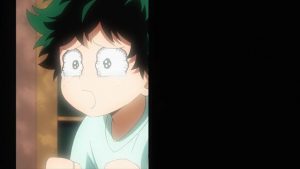
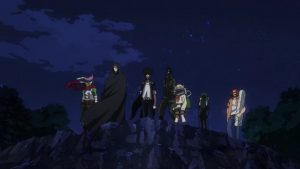
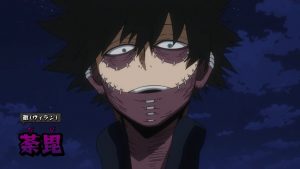
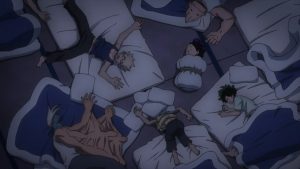
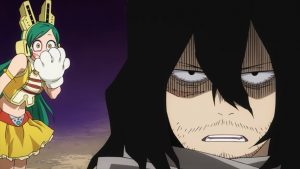

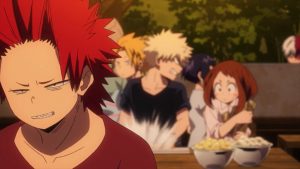
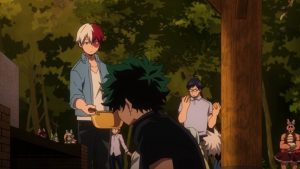
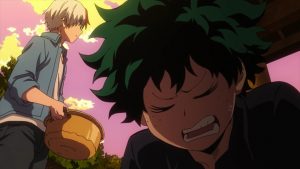
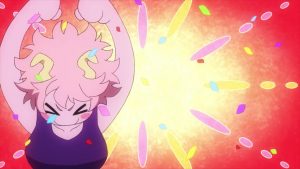
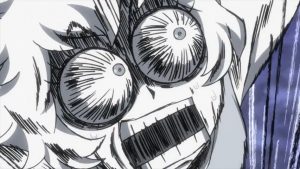
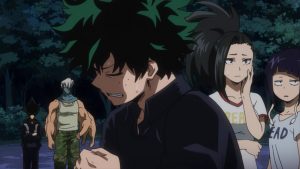
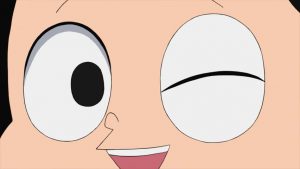
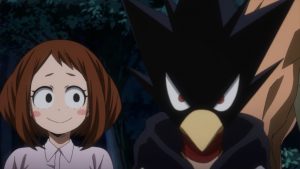
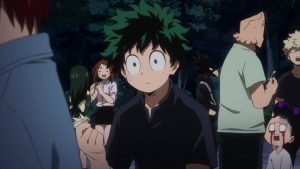
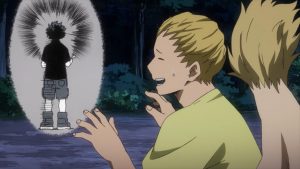
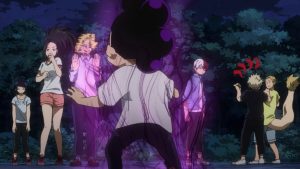
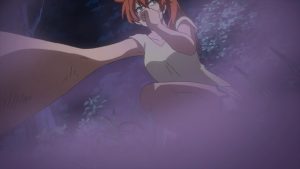
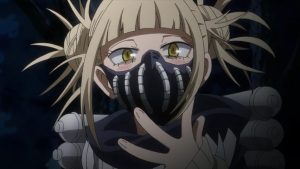
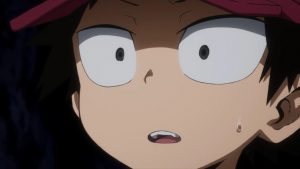
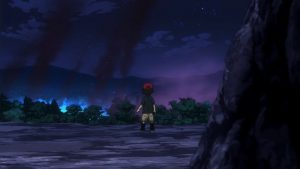
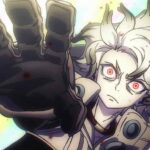
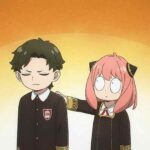
sonicsenryaku
April 21, 2018 at 6:00 amThis whole episode i kept asking myself why everything feels so matsumoto-esque; well now i know why. She really likes giving everything within the frame of a scene energy and life. I just couldn’t help but smile at how delightfully erratic background characters were while something visually cool was happening in the foreground or at the comic-book EEEK’s coming out of the forest at night, or even Mineta’s wink serving as a transition device. The more I think about it now, the dumber i feel for not coming to the conclusion sooner that it was indeed Matsumoto influencing the visuals this week. Like i said last week, the staff on this season have been circumventing the strain of the production pretty damn well. It’s not everyday that a studio has to juggle multiple projects and still improve the visuals of their (technically) ongoing series
Guardian Enzo
April 21, 2018 at 6:40 amWell, if any studio can handle it, Bones can. Deep, deep bench and lots of connections.
Indeed, Matsumoto’s handprints are all over this week. Lots of static shots and quick cuts, those comic sound effect captions, the frantic background visuals (I loved Mineta sleeping tied in his sleeping bag, though I believe that’s manga-original).
Stefan
April 25, 2018 at 1:51 amWhy is Ragdoll so ADHD…